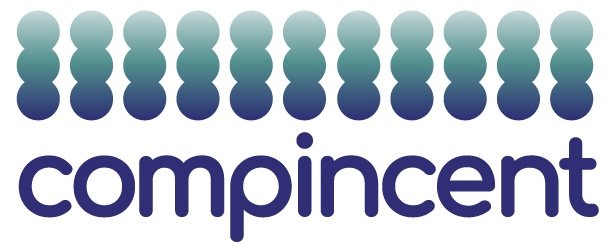Take a break: your employer needs it
What we learned from our latest worker survey results
Taking breaks in the working day is important for worker wellbeing, productivity and creativity. And we’re not just saying that to try and carve out a longer lunch hour for ourselves. Research by scientific and academic institutions reported in the Harvard Business Review (HBR)* provides clear evidence that time out equals better performance and helps employees to avoid counterproductive stress and burnout. So how are we as employers doing in supporting this helpful habit?
In our latest survey, we were pleased to discover that over 90% of our survey respondents reported taking at least one break per working day. And 69% are very satisfied with the breaks they take, with no desire to make any changes. This is good news for resilience, effectiveness and alertness amongst these workers – a win-win-win for employer and employee alike.
More breaks can mean more productivity
We asked our survey cohort about the duration and frequency of their breaks. Our home workers typically take the most breaks – as many as four per day. That’s a good thing, according the HBR. Frequent micro-breaks can be highly effective for “preventing exhaustion and boosting performance.” There’s some evidence that shorter breaks are most effective in the morning, while a longer break can be better in the afternoon, because we need more time to recover from fatigue at a later stage of the working day. Three in five people confirmed that their secondary breaks (aside from a pause for a main meal) last less than 10 minutes.
Perhaps not surprisingly, most of our respondents (63%) said that the main purpose of their breaks was for food and drink. That’s important, but there’s an opportunity for employers to encourage even more beneficial break-taking alongside necessary pauses for refreshment. HBR observes that physical activity during a break gives a lift to performance and well-being, particularly if the employee’s work is mentally demanding. Only 19% of our respondents said they ever took a break to exercise.
Making space in the workplace for beneficial breaks
How easy is it for your team to stretch their legs, walk round the block or even do some stretches? Providing a space and leading by example can help them to adopt these good habits. Inviting a yoga or ergonomic fitness expert into the workplace can also give workers inspiration and validation for choosing to move more in their breaks.
Over 90% of our respondents are able to take breaks when they need to. Two thirds says that their boss encourages them to do so: good work by those managers! The 8% of respondents that can’t choose when they take a break are employed in the public sector: it’s difficult to draw a firm conclusion from a relatively small survey, but we applaud the flexible approach demonstrated in the private sector. Every individual is different: we believe in trusting loyal employees to take the breaks they need to optimise their individual working day.
Using break time in the way that works best for individuals
Aside from refreshments and exercise, half of our survey group said they sometimes used breaks for personal tasks, such as collecting a child or making a phone call. This feels like a good sign for work-life balance. The HBR review highlights some other helpful ways to use our break time. Did you know that enjoying outdoor space (not necessarily while exercising) is a good way to recharge?
Interactions with a dog can lower levels of cortisol, a stress indicator: if your organisation allows pets in the workplace in a way that works for everyone (don’t forget that some people have allergies or a fear of dogs), you could find that employees are benefiting psychologically from interactions with their canines and thereby improving their performance. How about cats or other pets? HBR would like to see more research into this phenomenon: it sounds like a fun experiment to us!
Summary
Taking a break at work is a positive behaviour that leaders should encourage and model. In an organisation with a strong culture of trust, supporting employee wellbeing (and hence performance) with flexible break options, while respecting the needs and preferences of different individuals, will pay dividends in productivity as well as your boosting reputation as a great place to work.
Find out more – read these Harvard Business Review articles:
* https://hbr.org/2024/03/dont-underestimate-the-power-of-small-breaks-during-a-busy-workday
* https://hbr.org/2023/05/how-to-take-better-breaks-at-work-according-to-research

Your blog is a treasure trove of knowledge! I’m constantly amazed by the depth of your insights and the clarity of your writing. Keep up the phenomenal work!
Thanks!
I’m really impressed along with your writing abilities and also with the structure for your weblog. Is this a paid topic or did you modify it yourself? Anyway stay up the excellent high quality writing, it’s uncommon to look a nice weblog like this one these days!
Apart from 1 early addition blog our content is all original and generated by our team of writers and Contributors. Glad you like it!